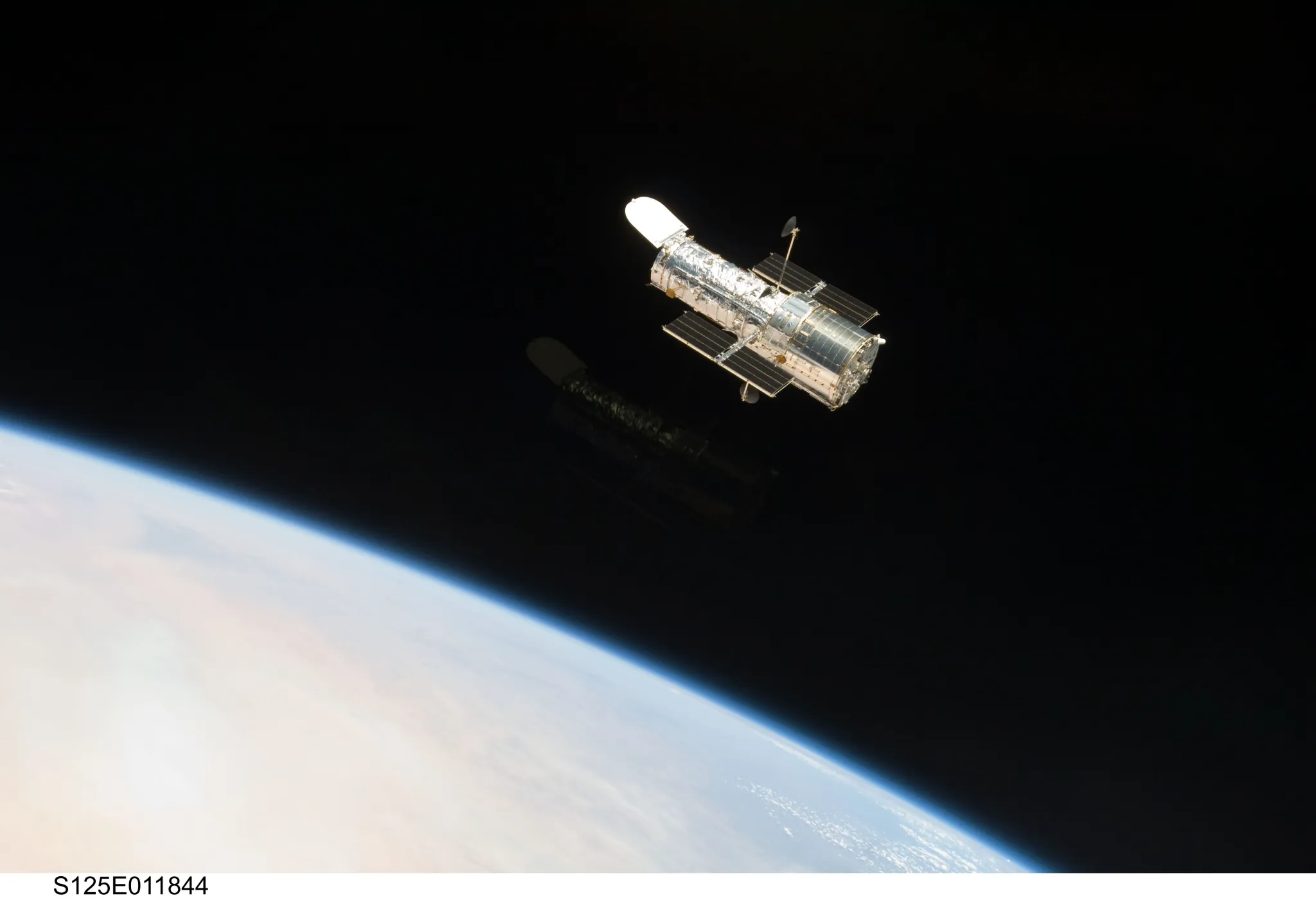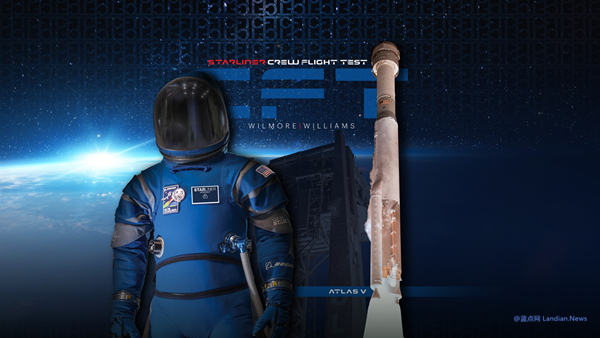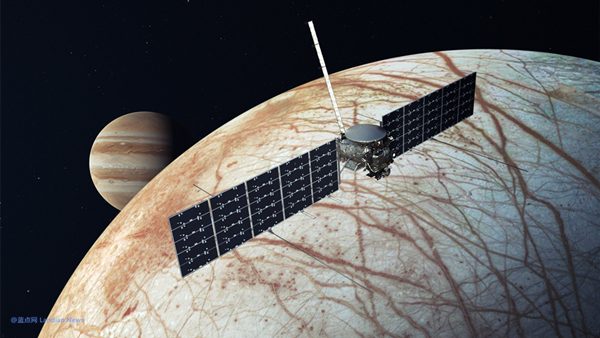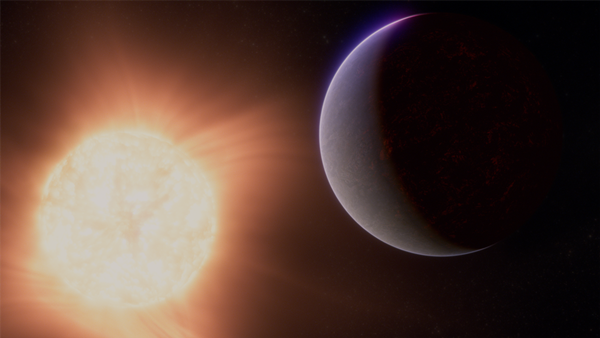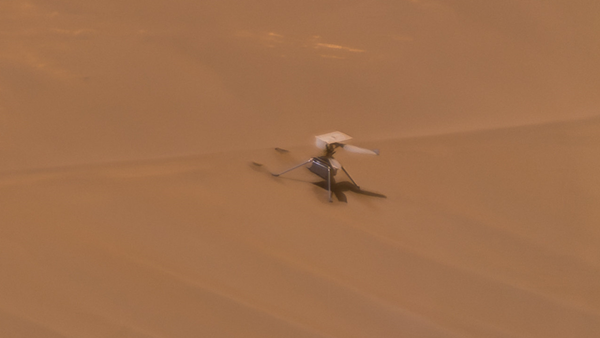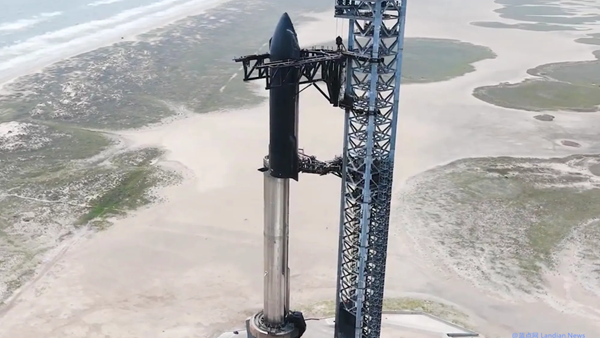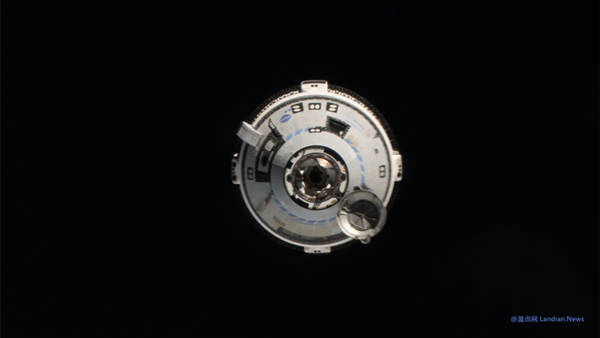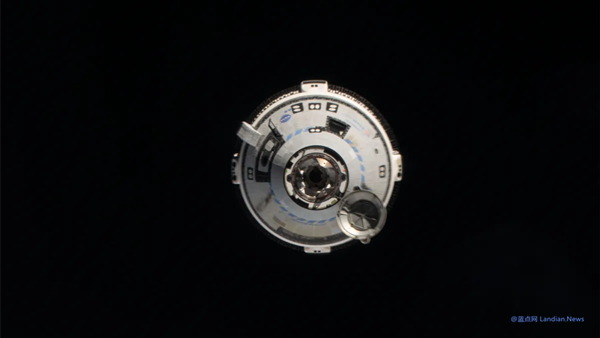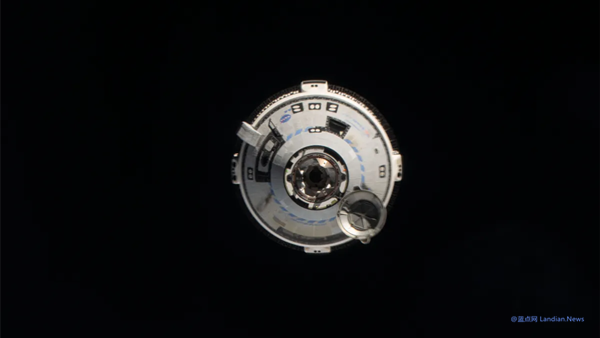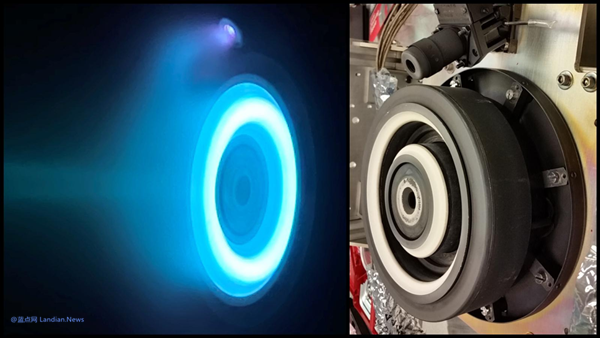NASA Takes Steps to Extend Hubble Space Telescope's Life Amid Gyroscope Failures
In a recent update from NASA, the venerable Hubble Space Telescope has encountered a setback with the loss of another gyroscope, critical for its operation. Out of the six gyroscopes onboard, designed to guide and stabilize the telescope, three have failed in the last 15 years. The most recent issues have arisen with Gyroscope 3, which, over the past six months, has been sending back increasingly erroneous data, causing Hubble to frequently enter safe mode and halt its scientific observations.
Strategy for Longevity
Faced with this challenge, NASA has decided to cease using Gyroscope 3, turning its focus to the two remaining fully operational gyroscopes, Gyroscope 4 and Gyroscope 6. Gyroscope 4 boasts an operational life of 142,000 hours, while Gyroscope 6 has logged 90,000 hours. In an effort to maximize the telescope's lifespan, NASA plans to run Hubble using just one gyroscope at a time, keeping the other as a backup and only activating it if absolutely necessary.
This strategic reduction in gyroscope usage is expected to prolong their operational life. The Hubble Space Telescope has been designed to function with a single gyroscope, though this configuration will lower its operational efficiency and require more time to align with observational targets.
Impact on Observations
Operating on a single gyroscope will limit Hubble's ability to observe closer celestial bodies, such as Mercury, Venus, and the Moon, effectively making the telescope "far-sighted." This limitation means Hubble will primarily focus on observing more distant astronomical objects.
The Road Ahead
Despite these limitations, this adjustment is projected to significantly extend the operational life of the Hubble Space Telescope. Patrick Crouse, the project manager, has expressed optimism that with this new approach, Hubble could continue to function until 2035.
The Continued Relevance of Hubble
Even with the James Webb Space Telescope (JWST) now in operation, Hubble remains invaluable. The JWST primarily observes the universe in the infrared spectrum, while Hubble is equipped to observe in the visible light spectrum. The two telescopes complement each other, offering a broader understanding of the universe.
Despite its age—having been launched in 1990 and in operation for 34 years—Hubble continues to be a cornerstone of astronomical research. However, as time progresses, the inevitable retirement of this iconic telescope looms on the horizon.
